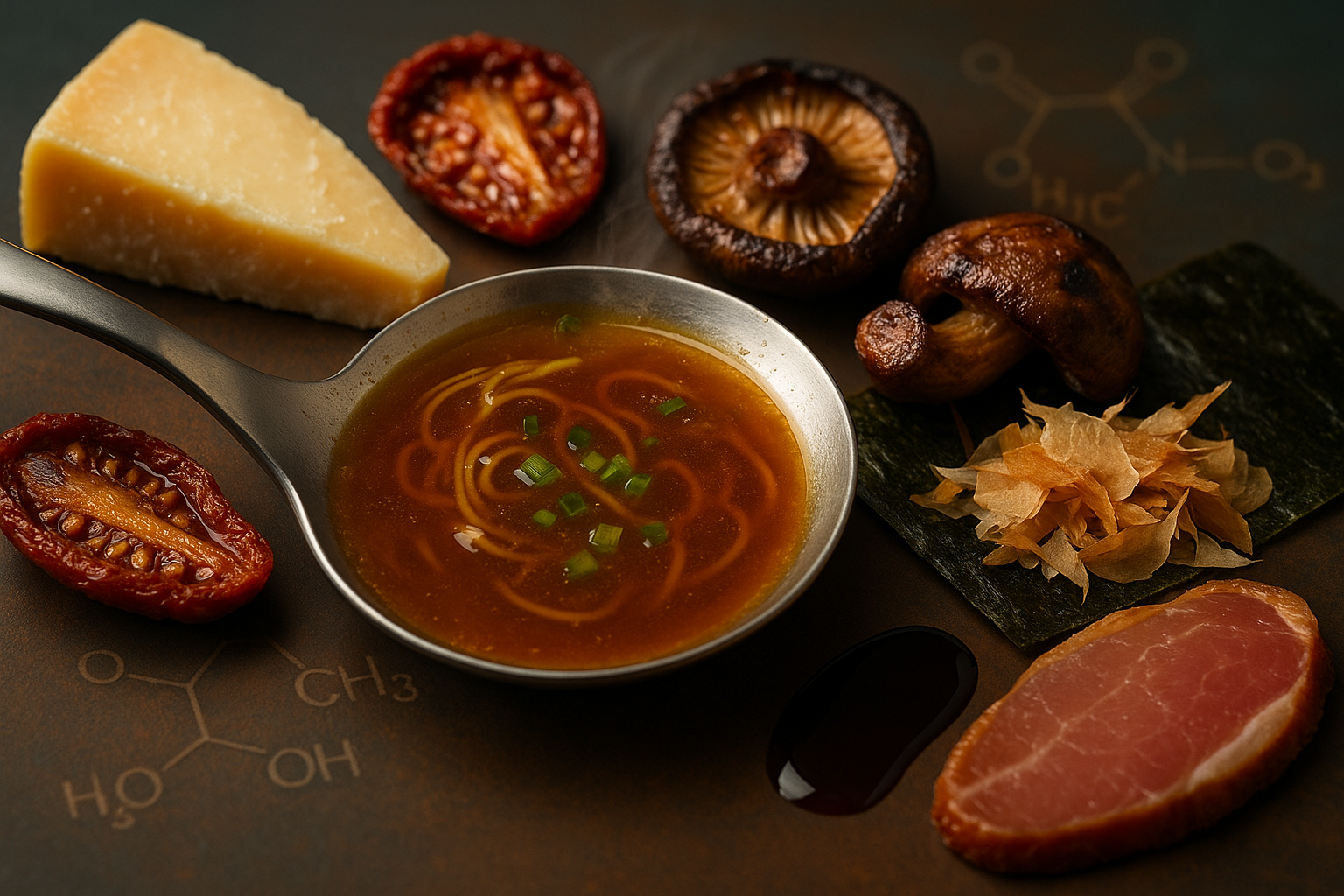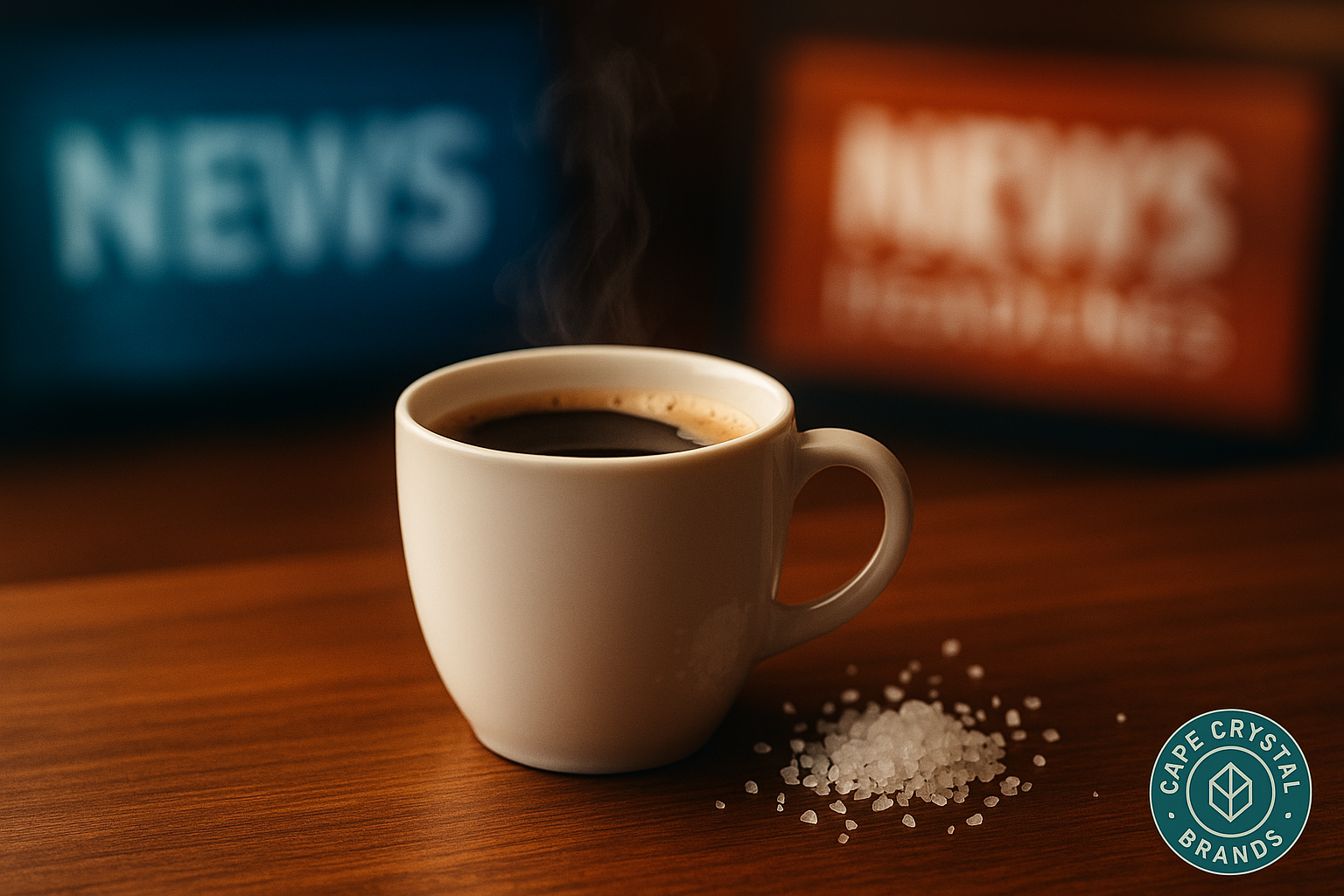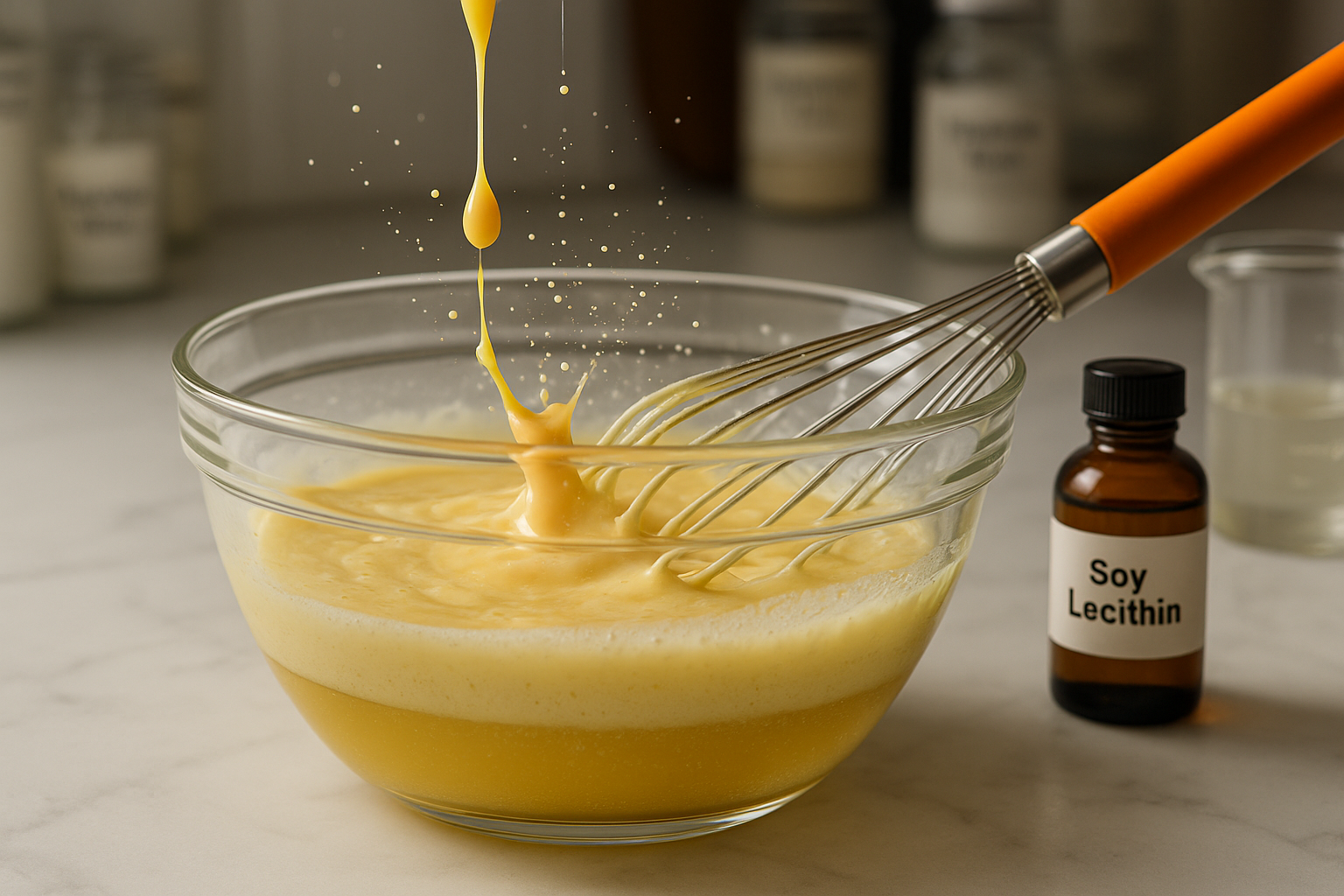
What Stabilizers to Use to Improve Gluten-Free Baking
SUBSCRIBE TO OUR BLOG
Promotions, new products, and recipes.
Gluten-free baking has gained immense popularity in recent years, primarily due to the increasing number of people with gluten sensitivities and celiac disease. While baking without gluten can be a bit challenging, the right stabilizers can make a world of difference. In this article, we will explore various stabilizers that you can use to improve your gluten-free baking experience.
Table of Contents
- Introduction
- Understanding the Challenges of Gluten-Free Baking
- Xanthan Gum
- Guar Gum
- Psyllium Husk
- Arrowroot Powder
- Tapioca Starch
- Cornstarch
- Rice Flour
- Coconut Flour
- Potato Starch
- Chia Seeds
- Egg Replacers
- Conclusion
- FAQs
Introduction
Gluten-free baking has become more than just a dietary necessity; it's a culinary adventure. However, achieving the perfect texture and structure in gluten-free baked goods can be quite perplexing. That's where stabilizers come into play. These ingredients can mimic the binding properties of gluten, providing you with delicious and satisfying results.
Understanding the Challenges of Gluten-Free Baking
Before delving into the world of stabilizers, it's essential to understand why gluten-free baking can be so tricky. Gluten, a protein found in wheat, rye, and barley, provides elasticity and structure to baked goods. When you remove gluten, you must find alternatives to achieve the same results.
Xanthan Gum
One of the most popular stabilizers for gluten-free baking is xanthan gum. It's a versatile ingredient that can enhance the texture and structure of your baked goods. Xanthan gum works by binding the ingredients together, preventing them from becoming crumbly.
Guar Gum
Similar to xanthan gum, guar gum is another excellent option for improving the texture of gluten-free baked goods. It helps retain moisture, making your creations soft and moist.
Psyllium Husk
Psyllium husk is a natural stabilizer that can be used in gluten-free baking. It's high in soluble fiber, which absorbs water and creates a gel-like consistency. This makes it a great choice for recipes that require a dough-like texture.
Arrowroot Powder
Arrowroot powder is a gluten-free thickening agent that can also act as a stabilizer in your baking. It's ideal for creating a smooth, glossy finish in desserts like pies and puddings.
Tapioca Starch
Tapioca starch is derived from the cassava root and is commonly used in gluten-free recipes. It adds a pleasant chewiness to baked goods and is particularly useful in bread and pizza crust recipes.
Cornstarch
Cornstarch is another gluten-free thickening agent that can help stabilize your baked goods. It's excellent for thickening sauces and soups, but it can also contribute to the texture of your desserts.
Rice Flour
Rice flour is a staple in gluten-free baking. It can be used as a stabilizer and flour replacement in various recipes, including cakes and cookies.
Coconut Flour
Coconut flour is a unique option for gluten-free baking. It's highly absorbent, so you'll need to adjust the liquid content in your recipes accordingly. When used correctly, it can create a delicious and moist texture.
Potato Starch
Potato starch is known for its light and airy texture. It's often used in gluten-free baking to improve the crumb structure of bread and cakes.
Chia Seeds
Chia seeds can serve as a natural binding agent in gluten-free baking. When mixed with water, they form a gel-like substance that can replace eggs in recipes.
Egg Replacers
For those with egg allergies or following a vegan diet, various egg replacers are available, such as applesauce, mashed bananas, or commercial egg replacer products. These options can help stabilize your recipes while maintaining the desired texture.
Conclusion
Gluten-free baking is a rewarding culinary journey, but it requires careful consideration of stabilizers to achieve the desired results. Whether you opt for xanthan gum, guar gum, psyllium husk, or any other stabilizer, remember that experimentation is key. The right stabilizer can make your gluten-free baked goods just as delicious and satisfying as traditional ones.
FAQs
1. Can I use multiple stabilizers in one recipe?
Yes, you can. Experimenting with a combination of stabilizers can often yield excellent results, depending on the specific recipe.
2. How do I know which stabilizer to use in a particular recipe?
It often depends on the type of baked good you're making. For bread, xanthan gum or psyllium husk might work well, while guar gum is excellent for cakes and cookies.
3. Are stabilizers safe for consumption?
Yes, stabilizers are generally safe when used in moderation. Always follow recommended usage guidelines on the packaging.
4. Can I use stabilizers in non-baked recipes, like sauces and soups?
Absolutely! Stabilizers like cornstarch and arrowroot powder are commonly used to thicken sauces and soups.
5. Where can I find these stabilizers?
You can typically find stabilizers like xanthan gum, guar gum, and psyllium husk online at capecrystalbrands.com.
Incorporating the right stabilizers into your gluten-free baking endeavors can be a game-changer. Experiment with different options and enjoy the delightful world of gluten-free treats.
Well That's it. Let's Hear Your Thoughts!
We've shared our insights, and now it's your turn! Have an opinion, a question, or a story to share about this article? Dive into the comments below and join the conversation. Your voice is a crucial part of this community, and we're eager to hear what you have to say.
We would appreciate hearing from you. Please add your comments below. We will reply to them.
See: The Hydrocolloid Glossary
For further reading: What is Ultra-Tex, How to Use it in Your Recipes and Why
Elevate Your Culinary Creations! 🍽️✨
Every dish deserves the perfect texture to complement its flavors. Why settle for anything less than perfection? With Cape Crystal Brands Food Texture products, you don't have to. Whether you're crafting velvety sauces, glistening gels, or fluffy mousses, our range ensures you get the consistency you desire every single time.
Don't just cook—create masterpieces. Dive into the world of culinary textures and elevate every meal. Shop now and experience the magic of Cape Crystal!
🛍️ Click Here to Explore Cape Crystal Brands Food Texture Products!

About the Editor
About the Chef Edmund: Chef Edmund is the Founder of Cape Crystal Brands and EnvironMolds. He is the author of several non-fiction “How-to” books, past publisher of the ArtMolds Journal Magazine and six cookbooks available for download on this site. He lives and breathes his food blogs as both writer and editor. You can follow him on Twitter and Linkedin.


|
About the Author Ed is the founder of Cape Crystal Brands, editor of the Beginner’s Guide to Hydrocolloids, and a passionate advocate for making food science accessible to all. Discover premium ingredients, expert resources, and free formulation tools at capecrystalbrands.com/tools. — Ed |
Enjoyed this post? Subscribe to The Crystal Scoop
Food-science tips, ingredient know-how, and recipes. No spam—unsubscribe anytime.
- Choosing a selection results in a full page refresh.



